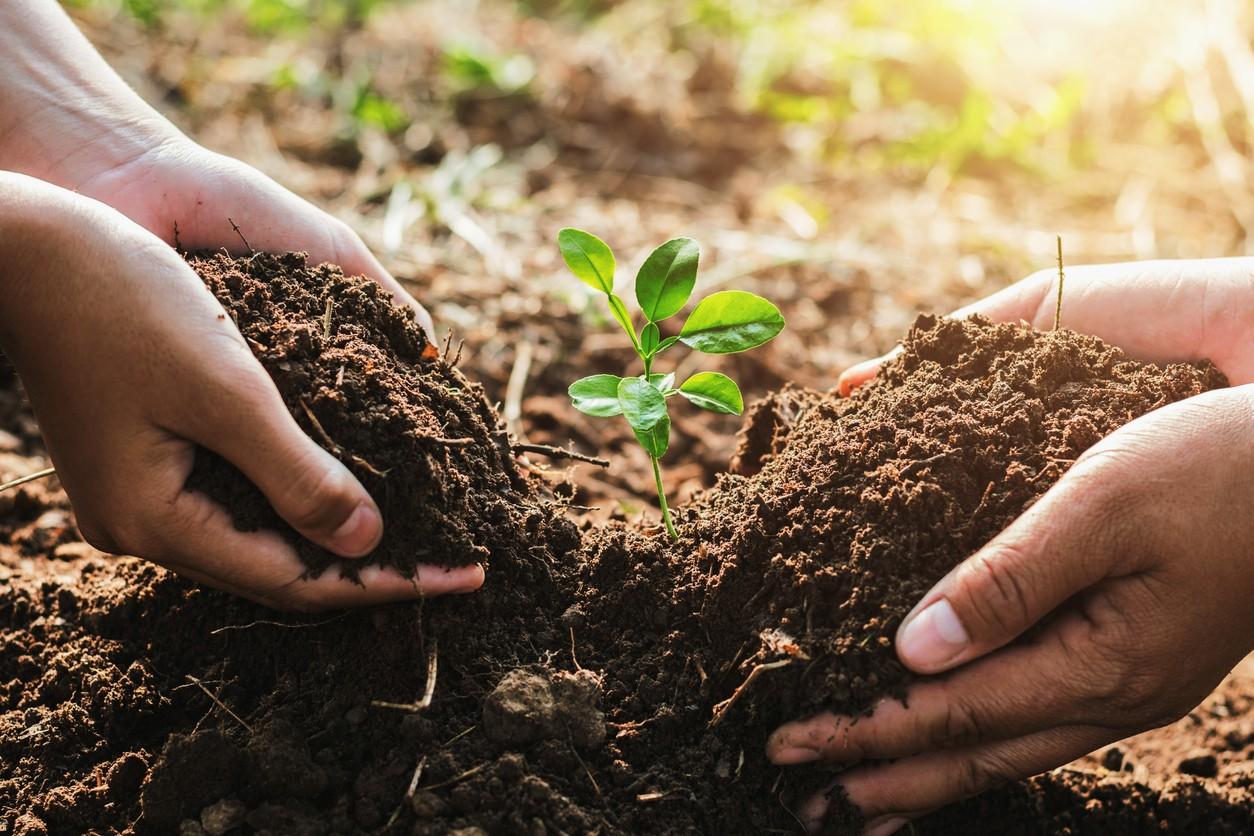Affordable housing for people with I/DD is in low supply. Learn what ALSO is doing to make a difference.
Affordable housing for people with I/DD is in low supply. Learn what ALSO is doing to make a difference.

Enjoy the natural beauty of Oregon wildflowers in your home garden. This wildflower mix is designed for Oregon’s unique growing conditions and includes a variety of multicolored spring and summer blooms.
Follow these five steps to ensure your wildflowers grow healthy and strong with our complete guide.
Lifecycle: Perennial, Annual, and Biennial
Planting Season: Spring and Fall
Light Requirements: Full Sun and Partial Shade
Bloom Color: Mixed
Bloom Period: Spring, Summer, and Fall
Features: Attracts Pollinators, Attracts Hummingbirds, Deer Resistant, Drought Tolerant, and Easy to Grow

Plan Your Planting. For fast growth and strong, healthy plants, plant when your soil temperature reaches a minimum of 55°F.
When To Plant?
For Spring planting, it is best to plant within a month after the final frost of the winter season. For Fall planting, plant the seeds after the first frost to eliminate any chance of germination. Planting in the Fall gives you a jump start on Spring blooms.
Where To Plant?
Though many wildflowers do tolerate some shade, and a few actually thrive in it, the vast majority prefer a sunny environment. Wildflowers will generally grow in all but the most difficult conditions.
Prepare Your Soil by removing all existing growth and debris. This step is crucial to ensure your wildflowers grow healthily and don’t have to compete for resources.
The Importance of Soil Preparation.
Sow Your Seeds once your area is prepared, scatter your seeds evenly in two sowings and compress them into the soil for good seed-to-soil contact helps to speed up germination and ensures moisture and nutrients make their way to your seeds.
Leave Seeds Uncovered, wildflower seeds need to be exposed to light to germinate. Cover them with straw if your area is prone to strong winds.
Water Your Wildflowers Planting. Water regularly to keep soil moist, not soaking wet, until seedlings are about 4-6 inches tall. Watering your planting is essential for the best results! Since wildflower seeds are not buried beneath wet soil, they have constant exposure to the sun, so they’ll need your help to stay hydrated to germinate.
Watch Growth, sprouts will start appearing in late spring or early summer, and you can sit back, relax, and enjoy the beauty of your wildflowers!
When Will They Bloom?